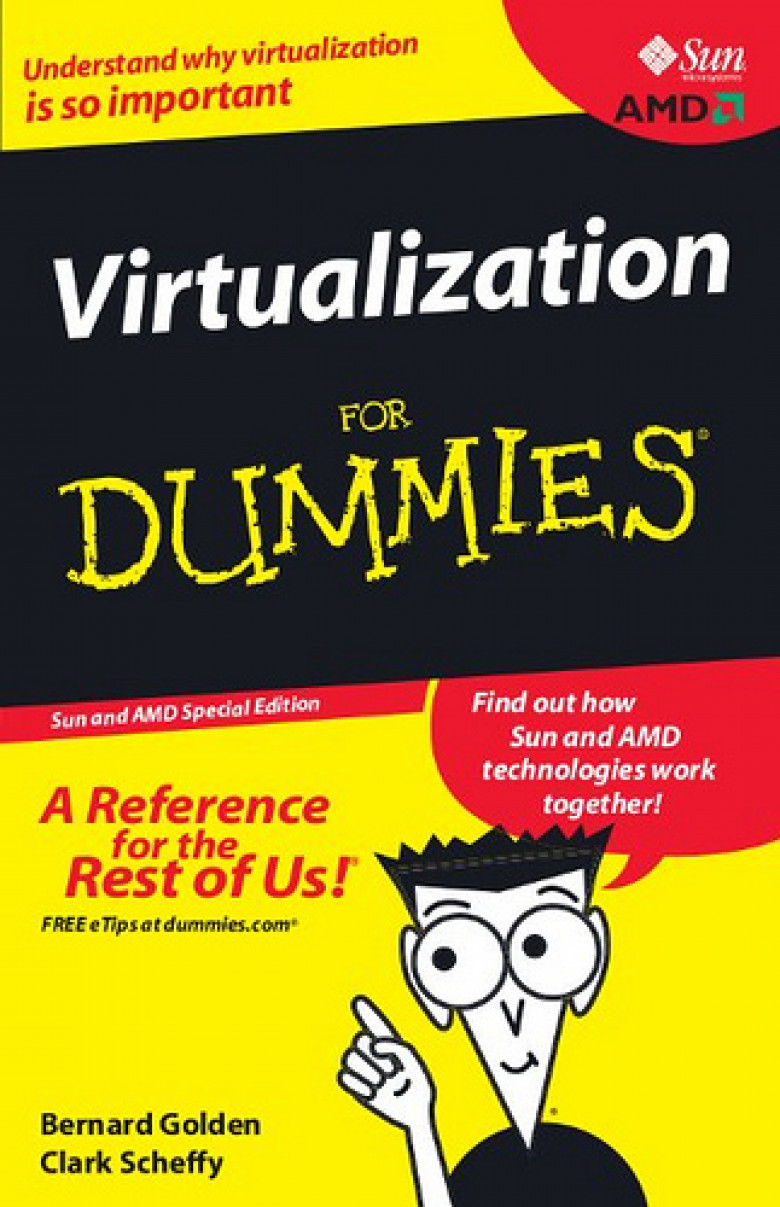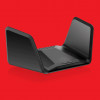Virtualization: Fun and games in userland
As we explained in part 2 of this series, A brief history of virtualisation, in the 1960s, it was a sound move to run one OS on top of a totally different one. On the hardware of the time, full multi-user time-sharing was a big challenge, which virtualisation neatly sidestepped by splitting a tough problem into two smaller, easier ones.
Within a decade, though, a new generation of hardware made it easy enough that a skunkworks project at AT&T was able to create a relatively small, simple OS that was nonetheless a full multi-user, time-sharing one: Unix.
After its early years as a research project, Unix spent a few decades as a proprietary product, with dozens of competing companies offering their own versions – meaning that it splintered into many incompatible varieties. Each company implemented its own enhancements and then its rivals would copy it to create their own versions.










































































